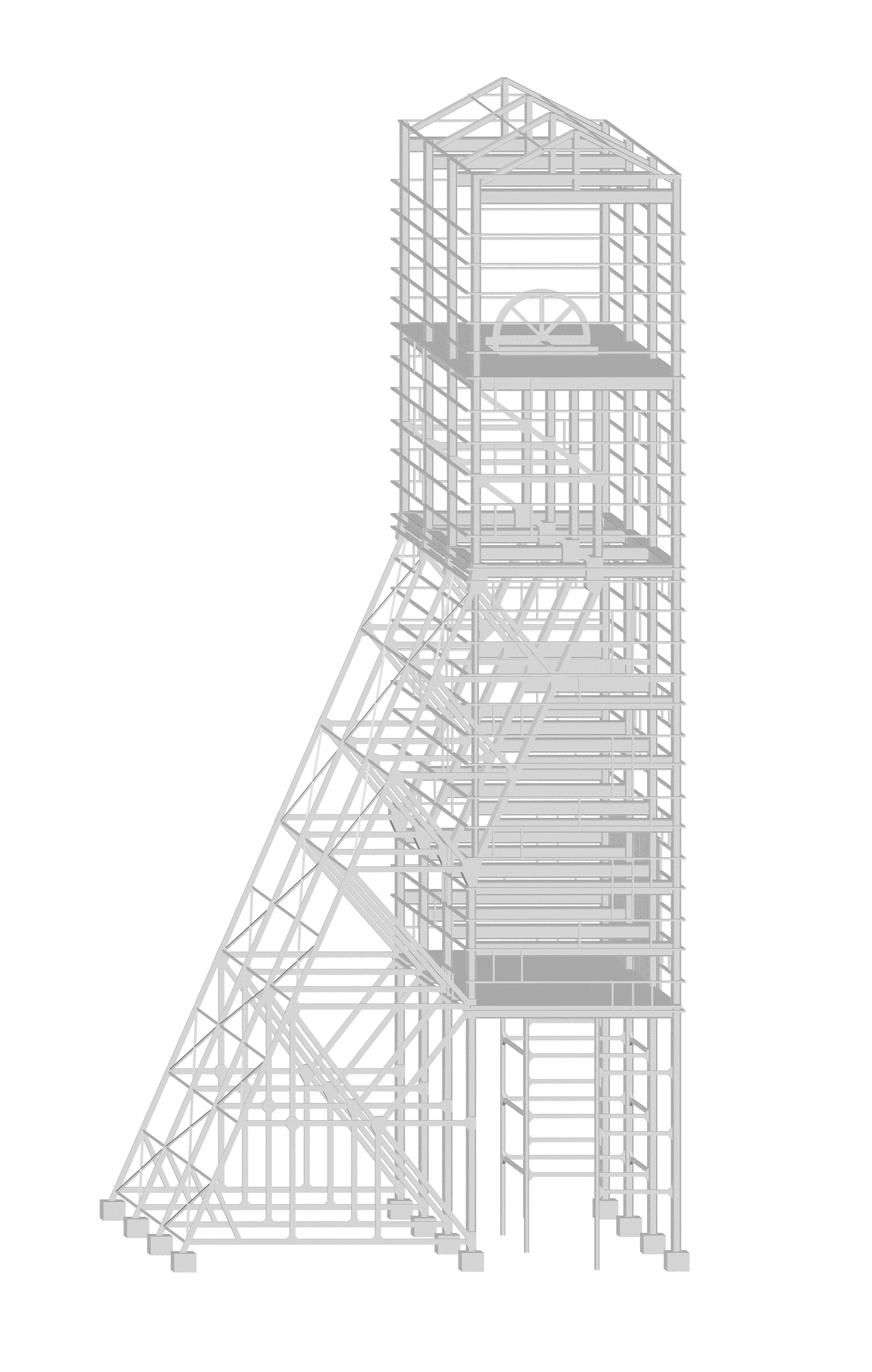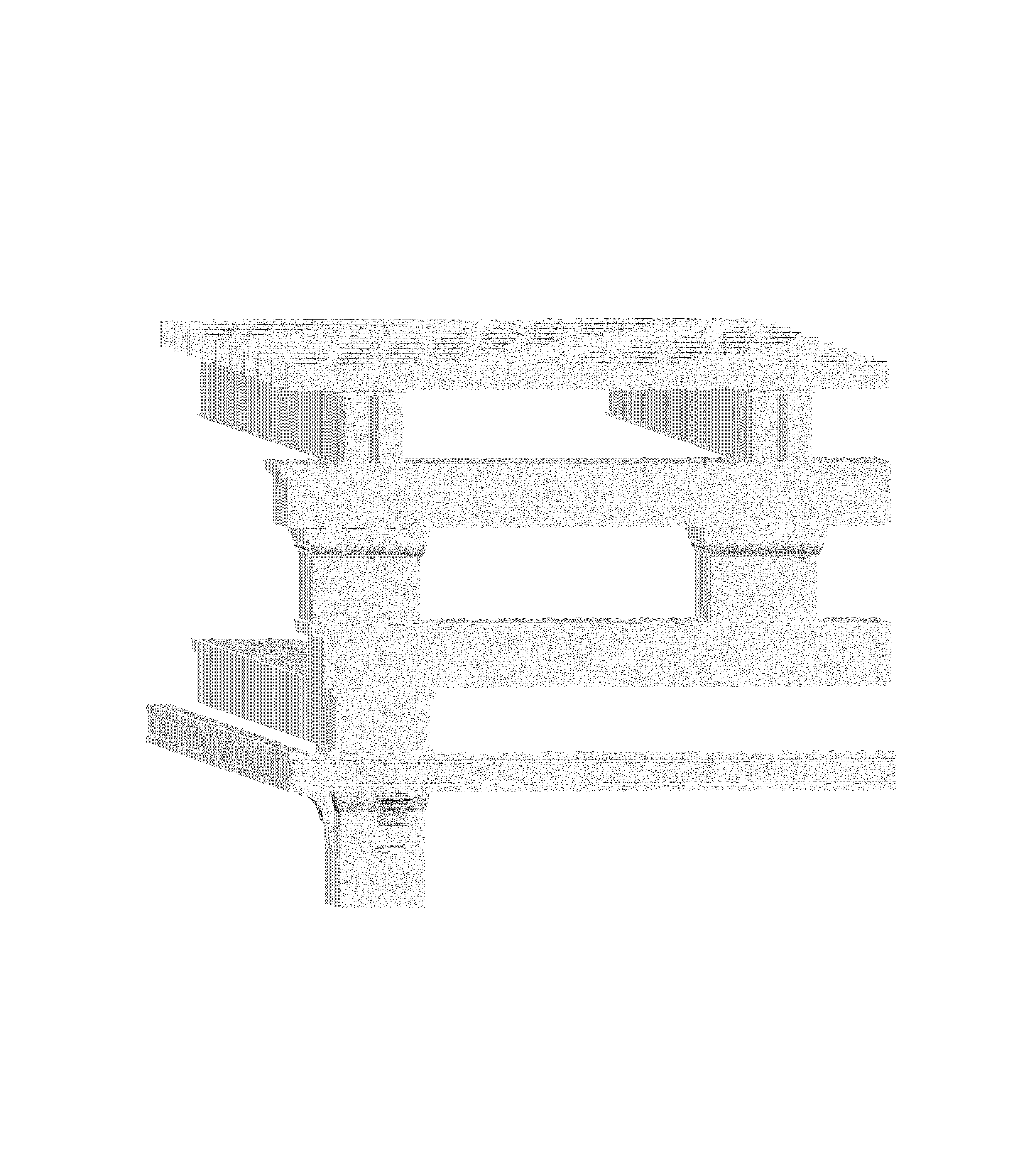Metamorphosing Industrial Structures
Construction of Incidents
Based on Bernd and Hilla Becher’s Photography 2019



· · ·
location:
chair:
mentors:
year:
associate:
chair:
mentors:
year:
associate:
diverse
Chair for Building Typologies
RWTH Aachen
Univ.-Prof.Anne-Julchen Bernhardt
Marius Grootveld
2019
Alessandra Esposito
Chair for Building Typologies
RWTH Aachen
Univ.-Prof.Anne-Julchen Bernhardt
Marius Grootveld
2019
Alessandra Esposito
Building
on what has already been learned by analysing the Royal Church of San Lorenzo in Turin and studying the
elemental language of the edifice, the course examined industrial structures
that, in their origins, share close similarities to the Gothic and Baroque
architectural styles. The entities were selected from Hilla and Bernd Bechers
series of photographic images of industrial structures.
Just as in Gothic and Baroque designs, the selected constellations/systems present elements that have the same origin and are closely related to each other. The question we asked ourselves was: How will the structure react when its industrial language is substituted by that of the Gothic one? The original appearance of the structure was to remain legible in its essence.
Using 3D software, digital models were generated enabling this study to be carried out. The typical industrial profiles were replaced by Gothic ones, applying the logic of the Middle Ages, namely that each element has its origin in the previous one.
Just as in Gothic and Baroque designs, the selected constellations/systems present elements that have the same origin and are closely related to each other. The question we asked ourselves was: How will the structure react when its industrial language is substituted by that of the Gothic one? The original appearance of the structure was to remain legible in its essence.
Using 3D software, digital models were generated enabling this study to be carried out. The typical industrial profiles were replaced by Gothic ones, applying the logic of the Middle Ages, namely that each element has its origin in the previous one.







































· · ·
Gallery






































